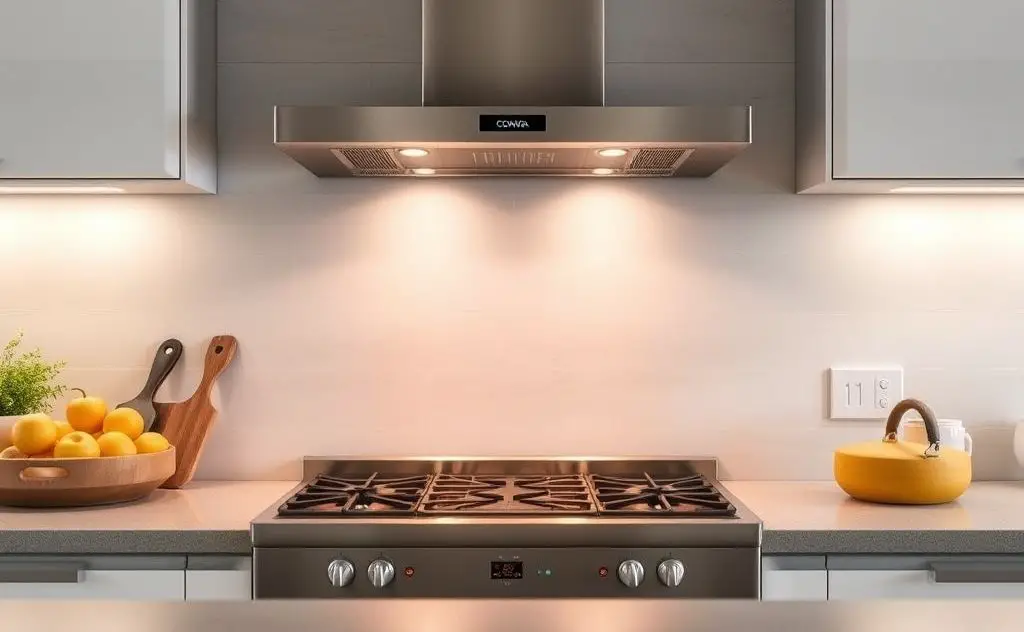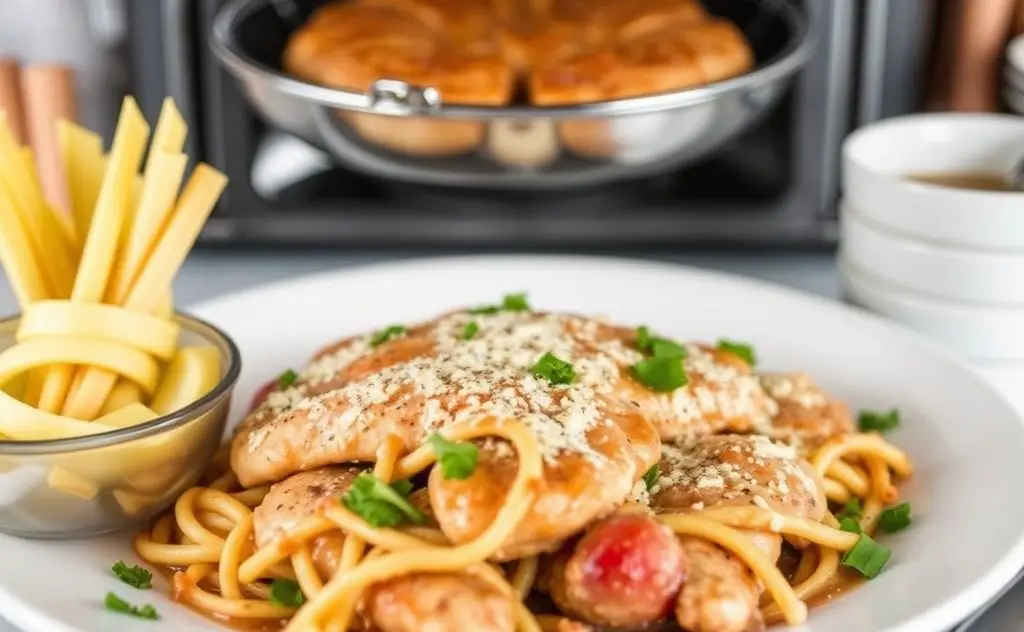Yes, convection heating is suitable for cooking as it promotes even heat distribution, resulting in faster and more uniform cooking of food.
Convection heating has revolutionized modern cooking with faster, more even results. But is it right for every dish? This guide explores when convection excels and when traditional baking works better.

How Convection Ovens Work
Convection ovens use fans to circulate hot air around food. This creates several advantages:
- 25% faster cooking times
- More even heat distribution
- Crispier exteriors while retaining moisture
- Better browning and caramelization
True convection models like the built-in gas heater include a third heating element behind the fan for maximum efficiency.
Convection vs Traditional Baking
| Feature | Convection | Traditional |
|---|---|---|
| Heat Source | Fan + heating elements | Top/bottom elements |
| Cooking Speed | Faster (reduce time 25%) | Slower |
| Temperature | Lower by 25°F | As recipe states |

Best Foods for Convection Cooking
1. Roasted Meats
Convection creates perfect crispy skin on turkey or chicken while keeping meat juicy. The circulating air prevents soggy spots.
2. Multiple Baking Sheets
Cook cookies or rolls on multiple racks simultaneously without rotating pans. The even heat eliminates hot spots.
3. Dehydrating
The dry environment is ideal for making jerky, dried fruits, or herb dehydration.
When to Avoid Convection
1. Delicate Baked Goods
The fan can distort soufflés or quick breads. Traditional baking works better for these.
2. Custards
The moving air creates ripples in cheesecakes or flans. Use bake mode instead.
Pro Tips for Convection Success
- Reduce oven temperature by 25°F from recipe
- Check food 5-10 minutes earlier than recipe states
- Use lower-sided pans for better air circulation
- Don’t overcrowd the oven – leave space between items
For specialized cooking needs, consider a dual-purpose heater that combines convection with other heating methods.
Temperature Conversion Guide
When adapting recipes for convection:
- 325°F traditional = 300°F convection
- 350°F traditional = 325°F convection
- 375°F traditional = 350°F convection
- 400°F traditional = 375°F convection
According to KitchenAid’s research, true convection models with three heating elements provide the most consistent results for serious home chefs.
Specialty Convection Appliances
Beyond wall ovens, convection technology appears in:
- Air fryers (small convection ovens)
- Combination microwave-convection units
- Professional pizza ovens
- Commercial deck ovens
As noted by turkey cooking experts, convection’s ability to cook large meats evenly makes it ideal for holiday meals.

